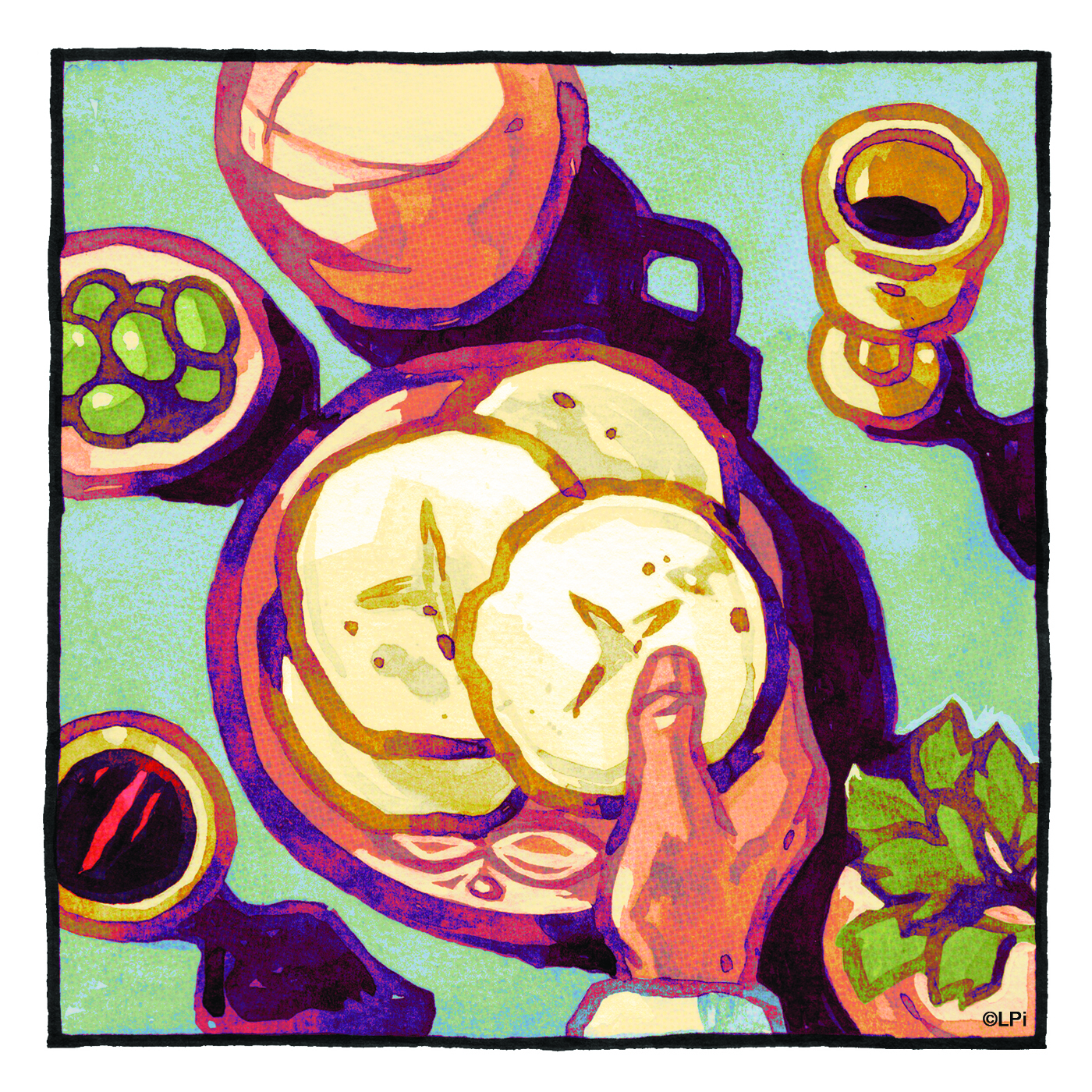This is My Body
 A friend in high school once asked me why I wore a Crucifix around my neck. She was a Christian and very devout, so I was surprised at her confusion. “To remember Jesus’ sacrifice,” I said.
A friend in high school once asked me why I wore a Crucifix around my neck. She was a Christian and very devout, so I was surprised at her confusion. “To remember Jesus’ sacrifice,” I said.
Her upper lip curled in disgust. “The cross is a sign of Jesus’ sacrifice,” she said. “He’s not on the cross anymore. It’s really weird that you wear his dead body.”
As someone raised Catholic, the Corpus was an image I knew intimately. We had Crucifixes all over our home, everyone in my family did. And for reasons I couldn’t quite explain, I actually preferred them over the plain crosses I saw elsewhere. The crosses seemed more elegant, more refined — but the Crucifixes felt more complete. More to-the-point.
My friend’s disgust compelled me to reflect, in a way I never had before, on the image of Christ’s body, wounded and twisted and tortured. Why was this a visual that compelled me? It didn’t make a lot of sense for someone who abhorred dead bodies so much that I found it difficult to look into a casket at a wake. So, what was different about this?
My friend wasn’t wrong: Christ is no longer on the cross. The sacrifice has been made. But does that mean it is over? We re-present it every single Mass. It’s the point of everything that we do. Jesus did not sacrifice his spirit; he sacrificed his body. He bought us with every tear of the flesh, with every drop of blood.
The cross is crucial, yes. But that wood didn’t bleed for us. If the body wasn’t the point, Jesus would not have become human at all. Jesus needed the body.
We need it, too.
“While they were eating, he took bread, said the blessing, broke it, gave it to them, and said, ‘Take it; this is my body.’ — Matthew 26:26
Article contributed by: Colleen Jurkiewicz Dorman
©LPi
Readings for The Solemnity of the Most Holy Body and Blood of Christ, Corpus Christi: Lectionary 168
Tags: #bodyandblood, #bodyandbloodofchrist, #corpuschristi, #reflections

Comments are closed here.